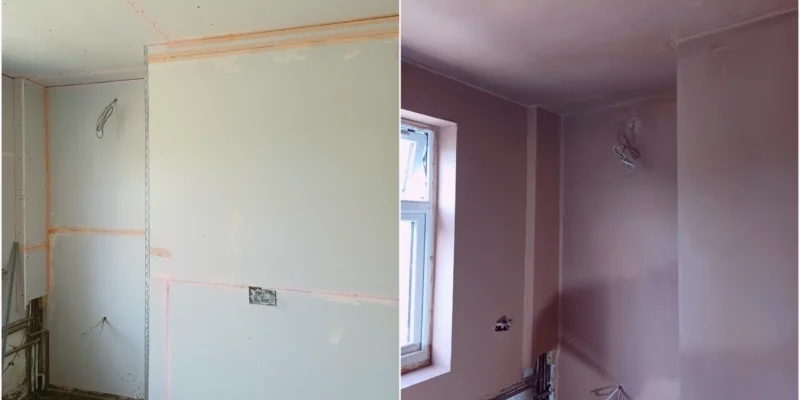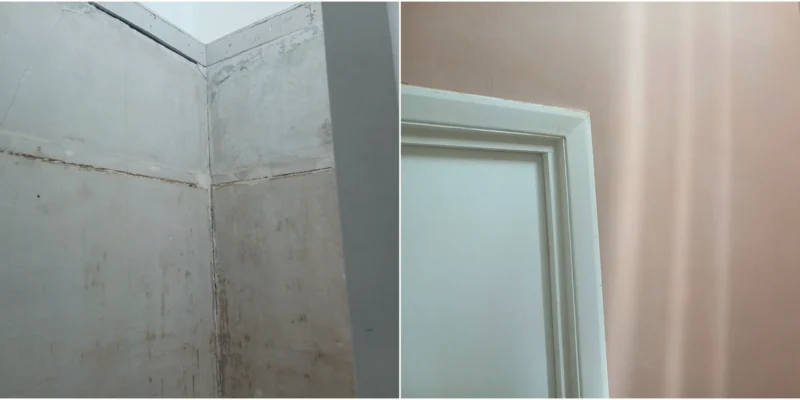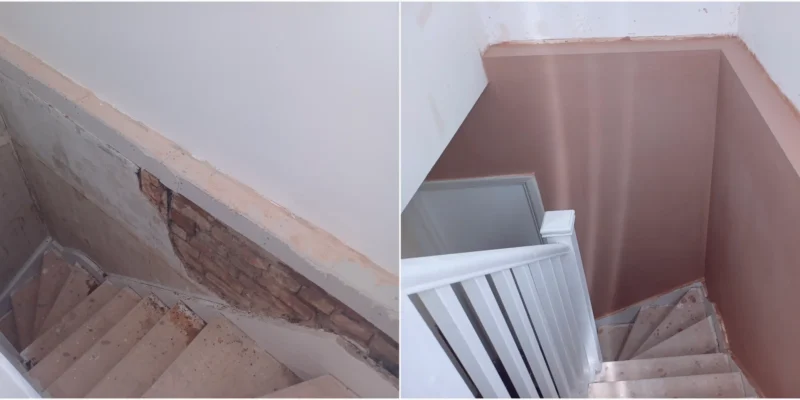Additional Frequently Asked Questions for an Expert Plasterer
Ask Questions for an Expert Plasterer : In addition to the commonly asked questions, here are more queries that often come up when discussing plastering projects. As an expert plasterer, I’ve provided detailed answers to help guide you through your plastering needs.
Most Common Questions Customers Asks
When it comes to plastering, there are a lot of questions that homeowners and DIY enthusiasts often have. As an experienced plasterer, I’ve compiled a list of frequently asked questions to help guide you through the process and ensure your project goes smoothly. Whether you’re painting, wallpapering, or just getting started, these answers should help you make informed decisions.
Ask Questions for an Expert Plasterer
If you have any questions about plastering, I’m here to help! Ask Questions for an Expert Plasterer With over 20 years of experience as a professional plasterer, I can assist you with any inquiries you might have. You don’t need to be a client to reach out—this is a free service. Feel free to call me during my working hours, and I’ll do my best to provide the assistance you need. Whether it’s advice on techniques, materials, or troubleshooting issues, I’m just a phone call away.
1. How Can I Tell if My Walls Need Replastering?
Signs that your walls may need replastering include visible cracks, peeling paint, damp spots, or an uneven surface. If you notice these issues, it’s best to consult a plasterer to assess the extent of the damage and recommend the appropriate solution.
2. What is the Difference Between Skimming and Plastering?
Skimming is a thin coat of plaster applied to smooth out an existing wall, while plastering involves applying a thicker coat to a new or damaged wall. Skimming is often used for minor imperfections, whereas plastering is required for major repairs or new constructions.
3. Can You Plaster Over Artex Ceilings?
Yes, you can plaster over Artex ceilings. The process involves scraping off the high points, applying a bonding agent, and then plastering over the surface to create a smooth finish. It’s a great way to modernize an old, textured ceiling.
4. How Should I Maintain Plastered Walls?
To maintain plastered walls, avoid hanging heavy items without proper anchors and address any water leaks immediately. Clean the walls gently with a damp cloth and avoid harsh chemicals. Regular inspection for cracks or dampness can help maintain their condition.
5. Can Plaster Be Applied Directly to Brick Walls?
Yes, plaster can be applied directly to brick walls. The brick surface must be cleaned, and a bonding agent may be required to ensure proper adhesion. This process provides a smooth finish suitable for painting or wallpapering.
6. What Types of Plaster Do You Use?
I use various types of plaster, including gypsum plaster, lime plaster, and cement plaster. The choice depends on the specific requirements of the project, such as the type of surface and the desired finish.
7. Is There a Difference Between Plastering and Drywall?
Yes, plastering involves applying wet plaster to walls and ceilings, while drywall involves installing pre-made plasterboard panels. Plastering provides a more durable and seamless finish, whereas drywall is quicker and often less expensive.
8. How Do You Handle Plastering Around Electrical Outlets and Fixtures?
When plastering around electrical outlets and fixtures, I carefully cut around them and ensure the edges are smooth. This requires precision to avoid damaging the electrical components and to ensure a neat finish.
9. Can You Plaster During Winter Months?
Yes, plastering can be done during winter months, but it’s important to maintain a warm and dry environment. Adequate heating and ventilation help the plaster to dry properly and prevent any moisture-related issues.
10. What Should I Do If I Notice Cracks in My Plaster?
If you notice cracks in your plaster, assess their size and depth. Hairline cracks can often be filled with a suitable filler, but larger or deeper cracks may require professional repair to prevent further damage.
11. How Do I Choose the Right Plasterer for My Project?
To choose the right plasterer, look for experience, positive reviews, and a portfolio of previous work. It’s also important to get detailed quotes and ensure the plasterer is properly licensed and insured.
12. What Safety Precautions Do You Take During Plastering?
Safety precautions during plastering include using protective gear, ensuring proper ventilation, and securing the work area. I also follow all relevant health and safety regulations to minimize risks.
13. Can You Plaster Over Painted Walls?
Yes, plaster can be applied over painted walls, but the surface must be properly prepared. This includes cleaning the wall, applying a bonding agent, and sometimes roughening the surface to ensure the plaster adheres well.
14. How Much Mess Does Plastering Create, and How Do You Manage It?
Plastering can create some mess, but I take steps to minimize it. This includes covering floors and furniture, using dust sheets, and cleaning up thoroughly after the job is completed.
15. What Finishing Options Do You Offer for Plastered Walls?
Finishing options for plastered walls include smooth, textured, and decorative finishes. Each option can be customized to suit your aesthetic preferences and the specific style of your home.
16. Do You Offer Any Eco-Friendly Plastering Options?
Yes, I offer eco-friendly plastering options such as using lime plaster, which is sustainable and has a lower carbon footprint compared to other types of plaster. Lime plaster is also breathable and helps regulate humidity.
17. How Do I Contact You for a Quote or Consultation?
You can contact me for a quote or consultation by phone, email, or through my website. I am happy to discuss your project, provide detailed estimates, and answer any further questions you may have.
I hope these answers help you better understand the plastering process and what to expect. Feel free to reach out if you have any other questions or if you’re ready to start your plastering project!
Ready to transform your space with our professional plastering services? Whether you need skimming, rendering, Krend application, ceiling or wall repair, contact us today for a free quote!
Visit our website or call us to learn more about our services and how we can help with your next project.
Phone: 07427123200
Address: London – UK
Working Hours: Mo – Sa : 9am – 10pm
Our Website: Plastering Services London
Follow Us on Social Media
Stay connected and updated with our latest projects and offers by following us on social media:




















